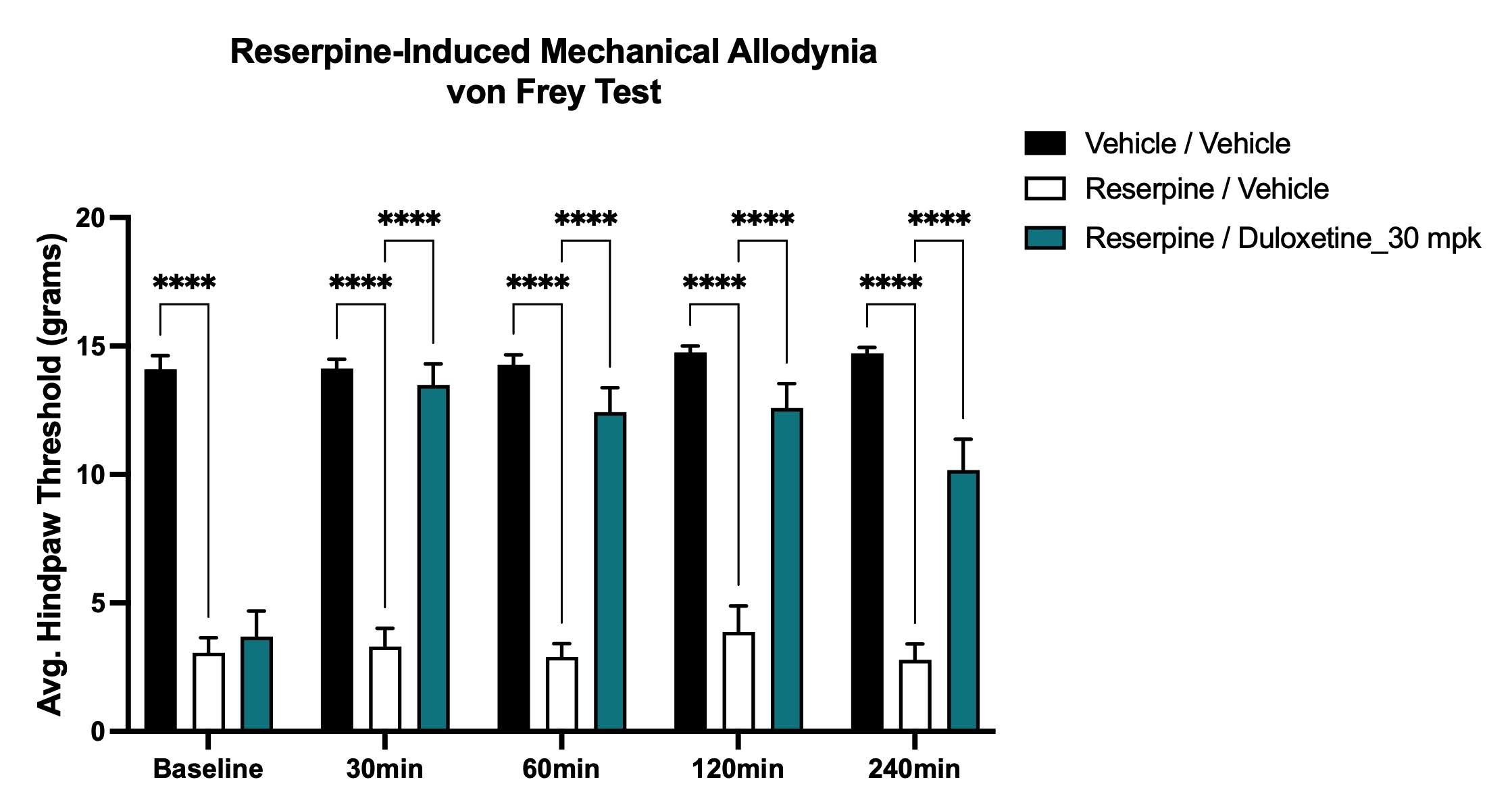Fibromyalgia
Discover how Melior’s unique phenotypic screening platforms can uncover the untapped value of your candidate therapeutic
Fibromyalgia is a chronic and complex medical condition which affects about 4 million US adults, about 2% of the adult population. It is characterized by widespread musculoskeletal pain, tenderness, and fatigue. Other common symptoms include fatigue, sleep disturbances, cognitive difficulties (often referred to as “fibro fog”), headaches, irritable bowel syndrome, and mood disturbances like depression and anxiety. There is no specific diagnostic test for fibromyalgia, which can make it challenging to identify. The exact cause of fibromyalgia is not fully understood, but it is believed to be a result of a combination of genetic, environmental, and psychological factors.
There is no cure for fibromyalgia. Managing fibromyalgia typically involves a multidisciplinary approach with treatment options that may include pain relievers, antidepressants, and anticonvulsants, exercise and physical therapy.
With this disease incidence and unmet medical needs the relevance of a translatable animal model of fibromyalgia is high. Nagakura et al (2009) described an animal model of fibromyalgia by utilizing pharmacological effect of reserpine in rats. Repeated administration of reserpine (1mg/kg SC), once daily, for three consecutive days caused a significant decrease in the muscle pressure threshold and tactile allodynia, which were sustained for 1week or more. This reserpine treatment regimen decreased the amount of biogenic amines (dopamine, norepinephrine, and 5-hydroxytryptamine) in the spinal cord, thalamus, and prefrontal cortex, which are deeply involved in pain signal processing. It also significantly increased immobility time in the forced swim test, which is indicative of depression, a common comorbid symptom of fibromyalgia. Pregabalin, duloxetine, and pramipexole significantly attenuated the reserpine-induced decrease in muscle pressure threshold, but diclofenac did not. Melior has validated this animal model of fibromyalgia using the methods described by Nagakura et al (2009)
Ready to get started or looking for a custom model?
Contact us today for more information about our bespoke research models and to discuss how we can help you answer your unique research questions.
Assesment of Duloxetine in Reserpine-Induced Mechanical Allodynia Rats were evaluated for mechanical allodynia using Von Frey fibers on Day -1 prior to reserpine administration and on Day 4, 1 day after a 3-day reserpine regimen. On this day animals were tested 30, 60, 120, and 240 minutes post test article administration. Data were analyzed by two-way ANOVA with Dunnett’s multiple comparisons test vs. vehicle control. Reserpine significantly increased sensitivity compared to vehicle control. Duloxetine reversed the reserpine-induced allodynia at all time points from 30 to 240 minutes. (**** P<0.0001 vs vehicle). N=10 for Vehicle/Vehicle and Reserpine/Vehicle; N=9 for Reserpine/Duloxetine
References
- Nagakura Y, Oe T, Aoki T, Matsuoka N. Biogenic amine depletion causes chronic muscular pain and tactile allodynia accompanied by depression: A putative animal model of fibromyalgia. Pain. 2009 Nov 1;146(1-2):26-33.




